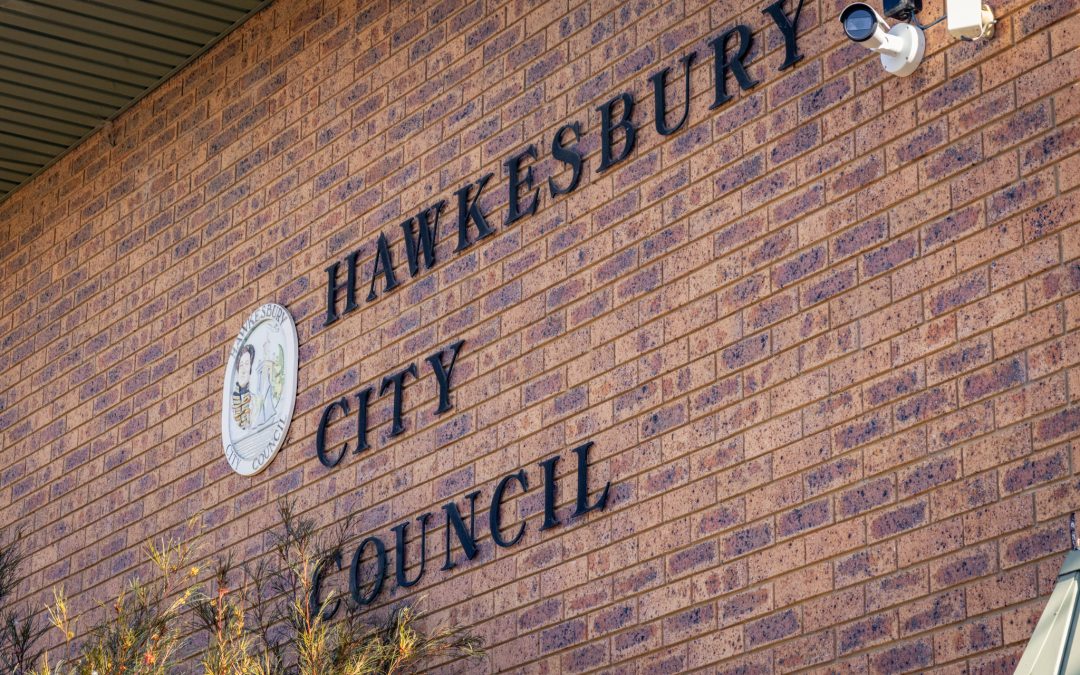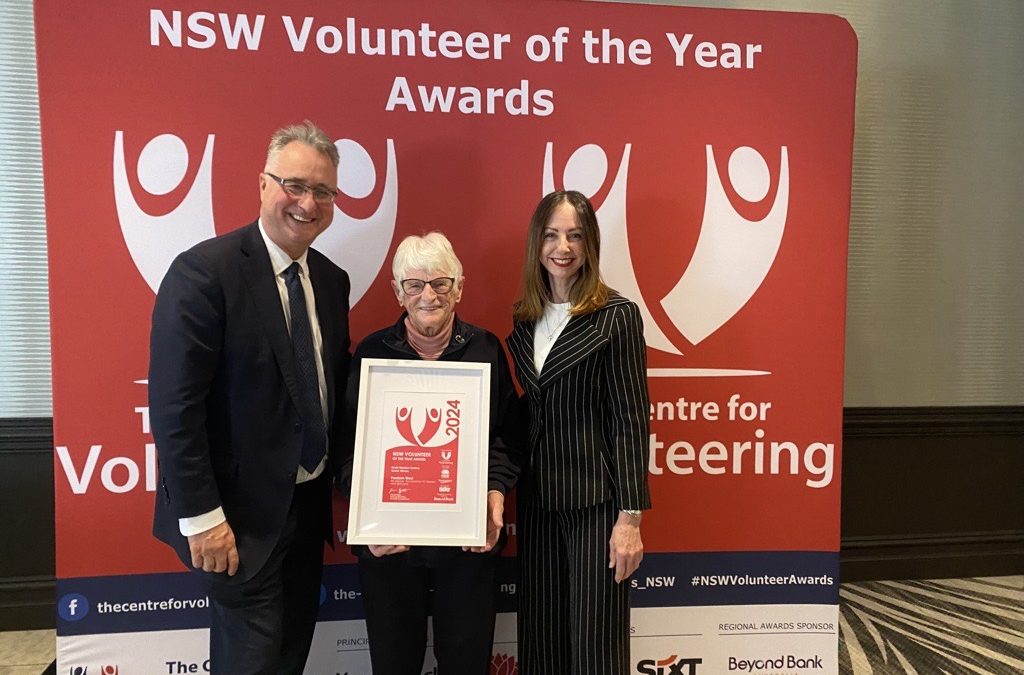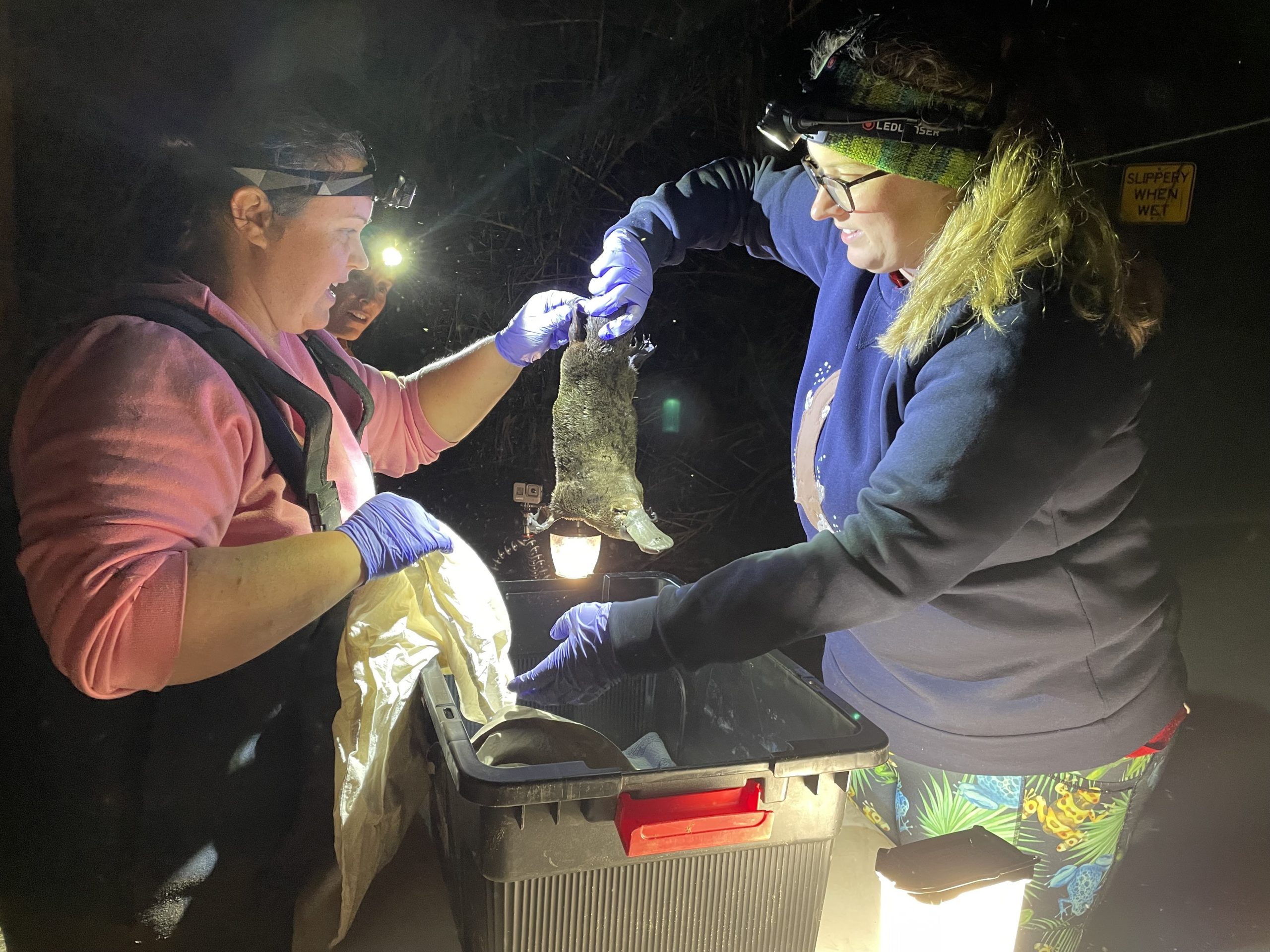Hawkesbury Post contacted all...


Hawkesbury Post contacted all...

In a heartwarming recognition of community...

After more than two decades of dedicated service, the...
The community was abuzz about the discovery of platypus in Bilpin and Kurrajong earlier this year. In fact, it was the Hawkesbury Post’s most popular Facebook post.
Armed with 12 eDNA tests, the Hawkesbury Environment Network (HEN) and Dr. Michelle Ryan from the University of Western Sydney embarked on a mission to find platypus habitats.
The results were not just scientific data; they were the echo of waterways thriving with life.
Seven out of 12 tests confirmed platypus presence, revealing their hidden homes along Upper Tootie Creek in Bilpin, Blue Gum Creek and Little Island Creek in Kurrajong Hills, and several sites along Little Wheeny Creek in Kurrajong.

Dr. Michelle Ryan and PHD Candidate Katherine Warwick with one of the Hawkesbury platypus. This photo was taken by Nerida Taylor
Now the Albanese government is investing $1 million to help protect these beloved but endangered monotremes.
The funding will support three “Platypus Parks”, not just areas on a map, but sanctuaries along a 50 kilometre stretch of the river. Hawkesbury Environment Network (HEN), alongside Western Sydney University, known for their platypus expertise, will be at the forefront of this conservation effort.
Susan Templeman, the Federal Member for Macquarie, said the government’s investment is the next chapter in this story, emphasising the importance of local involvement.
“Delivering this $1 million investment with the Hawkesbury Environment Network (HEN) means we have local voices, working on the ground, who understand our complex region, making the decisions about how to best protect our waterways,” Templeman said.
“HEN have teamed up with their trusted partner Western Sydney University, who are world leaders on platypus research, to deliver this project.
“With the overall platypus population across Australia decreasing the work of the Hawkesbury
Environment Network and organisations that work to protect our local platypus population, is more important than ever,” she said.

Susan Templeman MP with Tanya Plibersek
Minister for the Environment and Water, Tanya Plibersek, underlined the broader vision. “We want to leave nature better off for our kids and grandkids, and that means repairing damage to our environment and better protecting it for the future,” she said.
The project forms part of the Government’s $200 million investment in projects that help community groups, NGOs, councils and First Nations groups clean up and restore local urban rivers and waterways. This includes activities like planting native species along creeks and building small-scale wetlands to improve water quality.